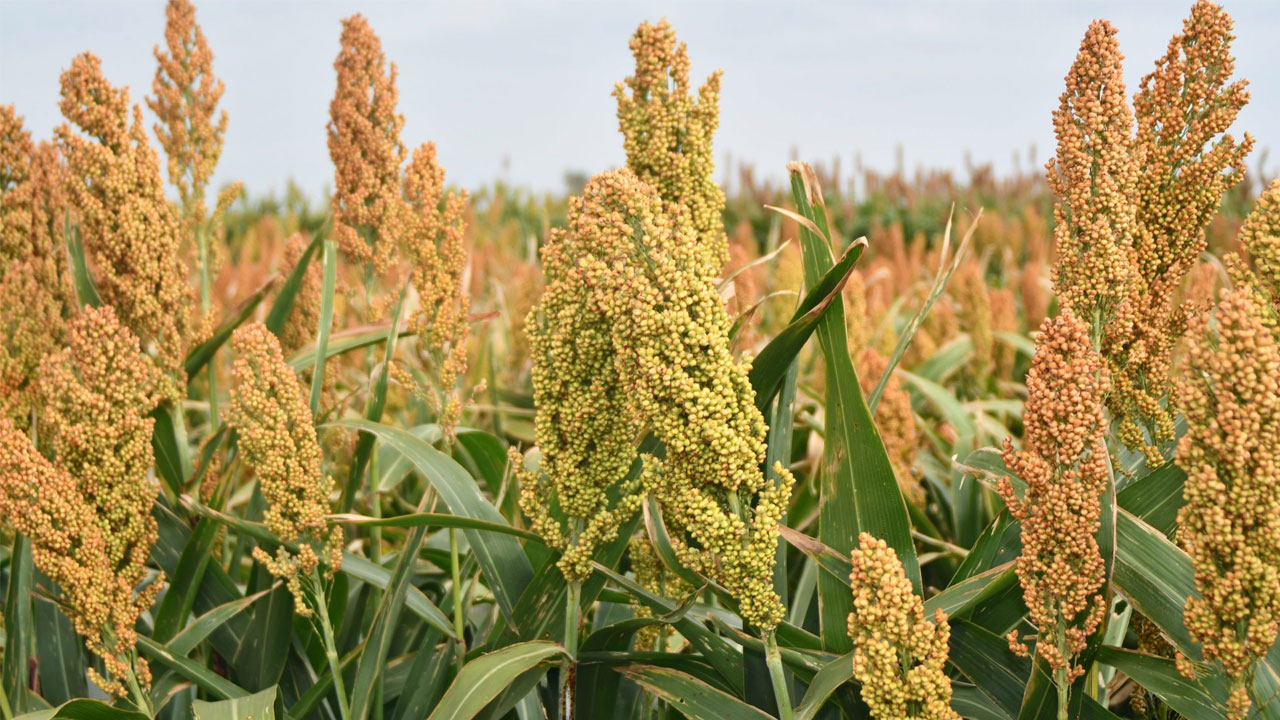
Forage sorghum is a vital feed for livestock in Namibia and other arid and semi-arid regions. This article evaluates the effects of different irrigation frequencies on the yield and quality of forage sorghum in Namibia. The study was conducted at the Experimental Farm of the University of Namibia, Ogongo Campus. The experiment was laid out in a randomized complete block design with three replicates.
Here are the detailed steps on the effects of different irrigation frequencies on the yield and quality of forage sorghum in Namibia:
- Preparation of the experimental site: The experimental site was prepared by plowing and harrowing to create a fine tilth. The soil was analyzed for its physical and chemical properties, and amendments were made to correct any deficiencies.
- Planting of forage sorghum: Forage sorghum seeds were planted in rows, spaced 75 cm apart, and at a rate of 10 kg/ha. The planting was done manually using a dibble stick to create holes for the seeds.
- Irrigation management: The study had four irrigation treatments, namely; irrigation after every 3, 6, 9, and 12 days. The irrigation frequency was determined by the amount of water lost through evapotranspiration, which was monitored using a Class A pan evaporimeter. The irrigation was done using drip irrigation, which was installed at planting.
- Data collection: Data were collected on plant height, stem diameter, leaf area index, fresh and dry matter yield, and quality parameters such as crude protein, fiber, and ash content. The data were collected 60 days after planting when the plants were at the vegetative stage.
- Analysis of data: The data collected were subjected to analysis of variance (ANOVA) using SAS software, and the means were separated using Duncan’s multiple range test at a significance level of 5%.
- Results: The results showed that forage sorghum yield and quality parameters were significantly affected by irrigation frequency. The highest fresh and dry matter yields were obtained with an irrigation frequency of every 3 days, while the lowest yields were obtained with an irrigation frequency of every 12 days. The quality parameters were also affected by irrigation frequency, with higher crude protein content and lower fiber and ash content obtained with an irrigation frequency of every 3 days.
- Conclusion: The study concludes that irrigation frequency significantly affects the yield and quality of forage sorghum in Namibia. An irrigation frequency of every 3 days is recommended for optimum yield and quality. It is, however, important to note that the irrigation frequency should be adjusted based on soil and climatic conditions.
In conclusion, proper irrigation management is crucial for the production of high-quality forage sorghum in arid and semi-arid regions. Farmers can use the findings of this study to optimize their irrigation management practices to achieve the best results in terms of yield and quality of forage sorghum.
Reference:
Matengu, A. T., van Schalkwyk, S. J., & Akpo, E. K. (2018). Effects of different irrigation frequencies on the yield and quality of forage sorghum (Sorghum bicolor L.) in Namibia. Journal of Agricultural Science, 10(2), 113-124.


















